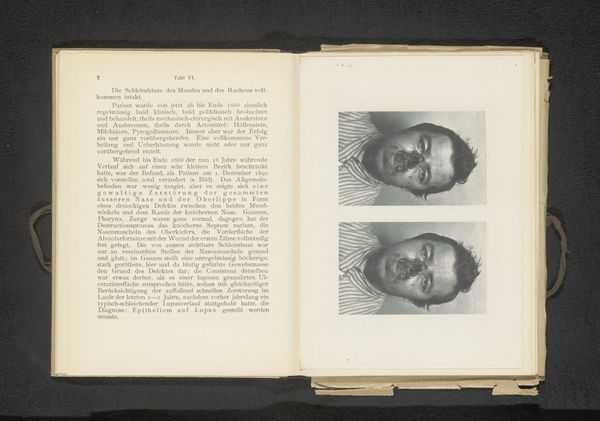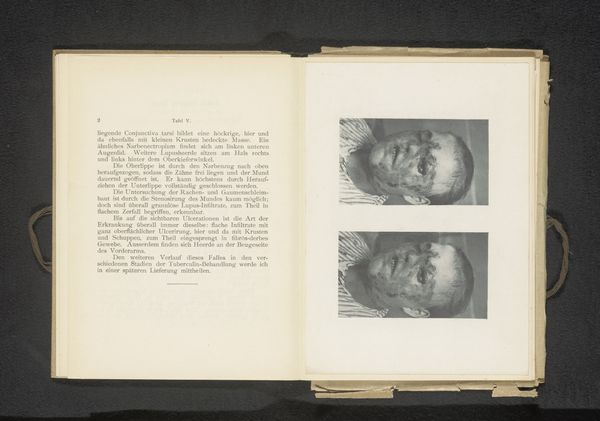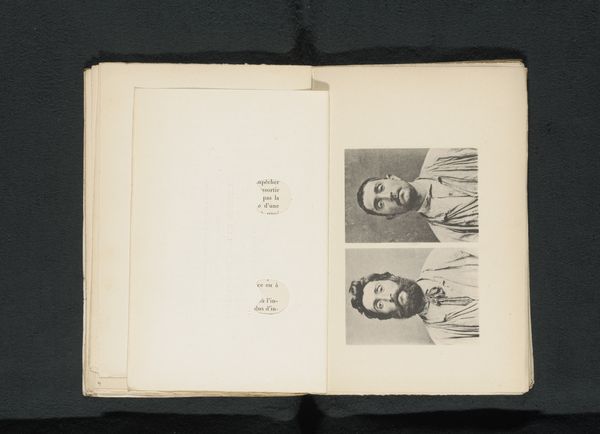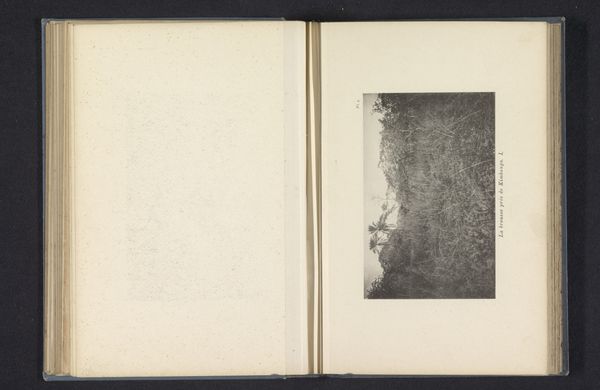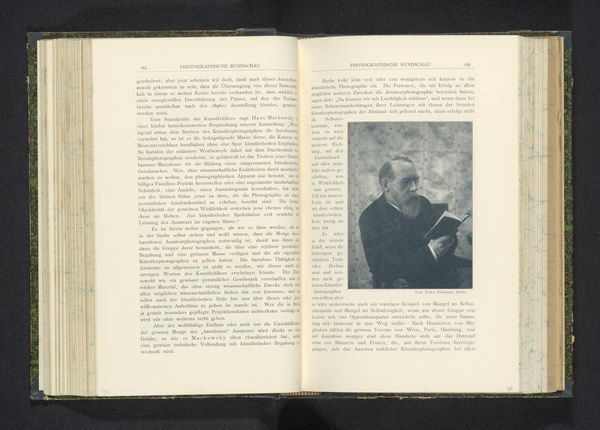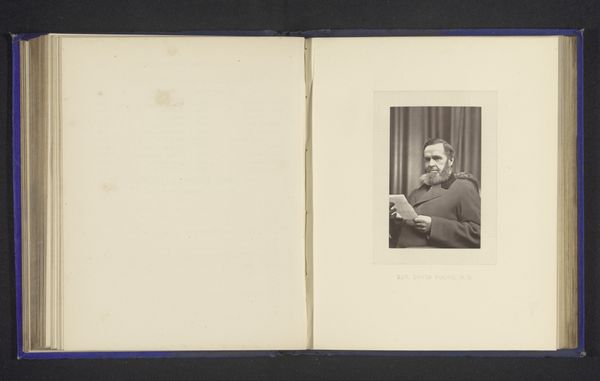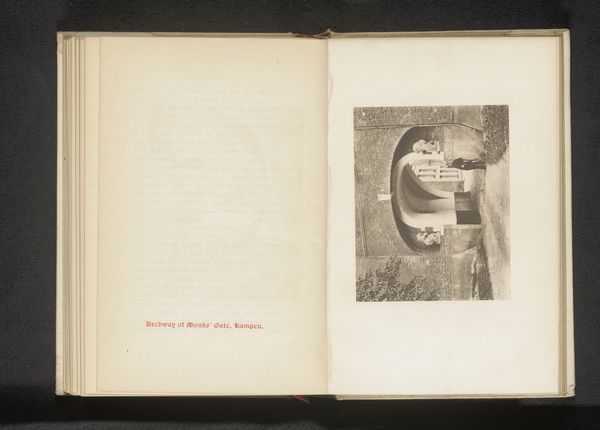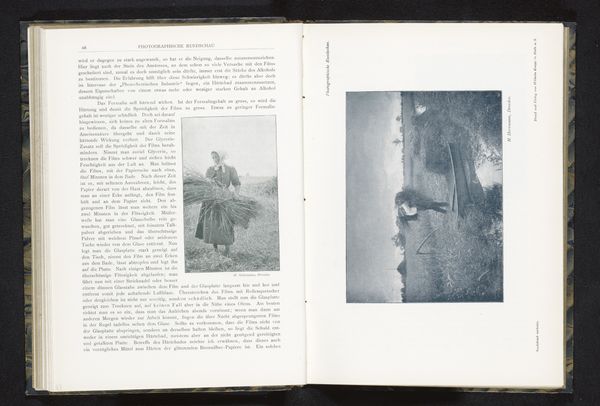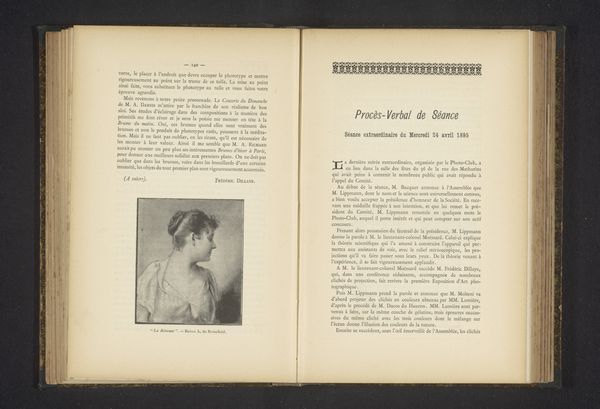
Twee portretten van een man met een zadelneus door een ontbrekend neustussenschot als gevolg van syfilis before 1894
0:00
0:00
print, photography
#
portrait
# print
#
german-expressionism
#
photography
Dimensions: height 126 mm, width 175 mm
Copyright: Rijks Museum: Open Domain
These two portraits of a man with a saddle nose, created by Albert Ludwig Sigesmund Neisser, show the physical ravages of syphilis. The missing nasal septum is a stark symbol of decay and disease. This disfigurement evokes similar depictions across time where physical ailments are visualized. Think of the grotesque imagery in medieval art, like that of Saint Sebastian pierced with arrows, where suffering becomes a symbol of spiritual endurance. Here, the disease takes center stage. Syphilis, historically shrouded in shame and fear, carries a heavy psychological burden. Its visible manifestations were perceived as signs of moral corruption. This image resonates with primal fears of bodily integrity, health, and mortality. The absence where the nose should be touches a deep, subconscious nerve. It stirs within us a stark reminder of human vulnerability. The portrait isn't merely a medical record; it's a modern memento mori, echoing our understanding of the cyclical nature of affliction and healing throughout time. This visual echo reminds us that these are just one of the many faces in history, appearing, evolving, and taking on new meanings in different historical contexts.
Comments
No comments
Be the first to comment and join the conversation on the ultimate creative platform.
